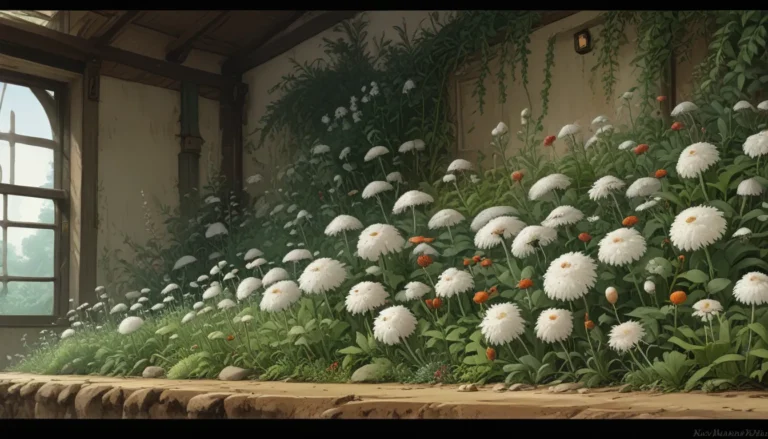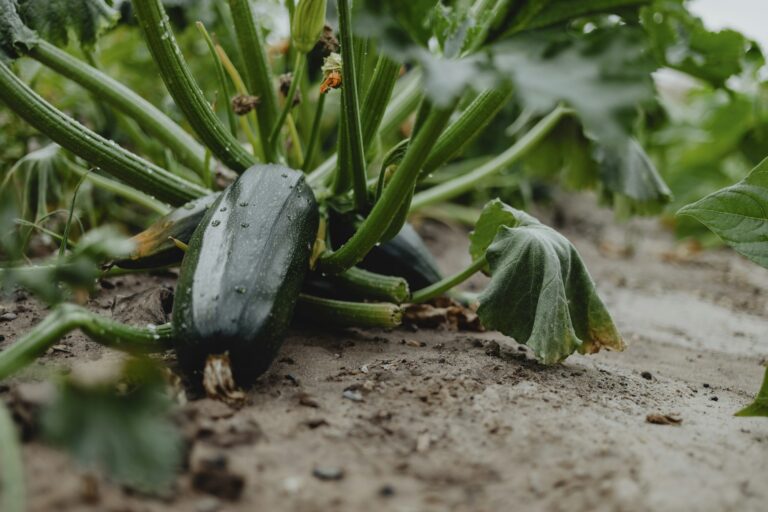Comprehensive Guide to Growing and Caring for Summer Snapdragon Flowers

Introduction to Angelonia angustifolia
Summer snapdragon, or Angelonia angustifolia, belongs to the Plantaginaceae family, which encompasses a diverse range of plants. This beautiful flower is grown as a tender perennial in USDA Hardiness Zones 9 to 11, and as an annual in other zones. Contrary to its name, summer snapdragon does not exhibit the characteristic mouth-like movement of common snapdragons. Native to Central and South America and the West Indies, this species thrives in warm and humid conditions.
Cultivation and History
Summer snapdragon boasts a bushy growth habit with dark green, glossy leaves emitting a delightful apple or grape-like fragrance. It produces spikes of vibrant blooms in colors such as blue, pink, purple, and white. While it typically reaches heights of 12 to 18 inches, there are taller and spreading varieties available. This plant prefers full sun and well-draining, organically-rich soil. With its heat and humidity tolerance, deer resistance, and continuous blooming, it is a charming addition to any garden.
Propagation
- From Seed: Start seeds indoors or direct sow in warm regions.
- From Stem Cuttings: Take cuttings in spring and root in potting medium for new growth.
- By Division: Divide large clumps of perennials in early spring.
- From Seedlings/Transplanting: Transplant nursery seedlings into the garden or containers.
How to Grow
When planting summer snapdragon, choose a sunny location with organically-rich, well-draining soil. Maintain adequate spacing between plants and water established ones only when the soil is dry. Fertilize with a slow-release granular fertilizer to support continuous blooming. Summer snapdragon also thrives in containers with proper placement and watering.
Growing Tips
- Start annuals indoors for a head start.
- Provide full sun and well-draining soil.
- Water sufficiently without over-saturating the soil.
Maintenance
Occasionally, staking may be necessary for tall flower stalks. Cut back stems or choose compact varieties for bushier growth. While deadheading is not required for continuous blooming, remove annual plants at the end of the season. Regular watering, occasional fertilizing, and weed management are essential for healthy plants.
Cultivars to Select
- Archangel Cherry Red: Produces vibrant red flowers in the Archangel™ series.
- Serena: Available in various colors with a mature height of 15 to 18 inches.
- Serenita: A compact variety reaching 12 to 14 inches in height and available in multiple colors.
Managing Pests and Disease
Prevent pest and disease issues by selecting disease-resistant varieties, providing optimal growing conditions, and regular care. Common pests include aphids, spider mites, and thrips, while diseases like downy mildew and root rot can occur under unfavorable conditions.
Best Uses
Summer snapdragon is perfect for garden beds, borders, containers, cottage gardens, and cutting gardens. It adds height and structure to the landscape, attracts beneficial pollinators, and complements various companion plants.
Quick Reference Growing Guide
- Plant Type: Tender flowering perennial
- Flower/Foliage Color: Bicolor, blue, pink, purple, red, white/dark green
- Native to: Mexico, South America, West Indies
- Tolerance: Deer, drought, heat, humidity, light shade
- Hardiness (USDA Zone): 9-11
- Soil Type: Organically rich
- Bloom Time: Summer to fall
- Exposure: Full sun
- Spacing: 9-12 inches upright types, 12-20 inches spreading types
- Height: 12-36 inches upright types, 4-10 inches spreading types
- Spread: 9-12 inches upright types, 12-20 inches spreading types
- Water Needs: Moderate
- Common Pests: Aphids, spider mites, thrips
- Common Diseases: Angelonia flower break virus, damping off, gray mold, downy mildew, powdery mildew, root rot
Form and Function
Summer snapdragon represents a versatile and attractive addition to any garden. Whether grown as an annual or perennial, this plant thrives in warm conditions, provides continuous blooms, and attracts pollinators. Its showy stems add height and color to the landscape, making it an excellent choice for various garden settings.
In conclusion, summer snapdragon is a delightful flower that offers beauty, versatility, and ease of care. By following the tips and guidelines provided, you can successfully grow and enjoy this charming plant in your garden. Let us know your experiences with summer snapdragon in the comments below!
For more information on growing flowers, check out our other comprehensive guides:
– How to Grow Anise Hyssop: A Flowering Perennial Perfect for Borders
– How to Grow Virginia Stock, A Cordial Summer Visitor
– How to Grow and Care for Asters
Remember, gardening is a rewarding experience that offers endless possibilities for beauty and creativity. Enjoy your gardening journey with summer snapdragon by your side!
I hope you find this revised article helpful and enjoyable to read!





